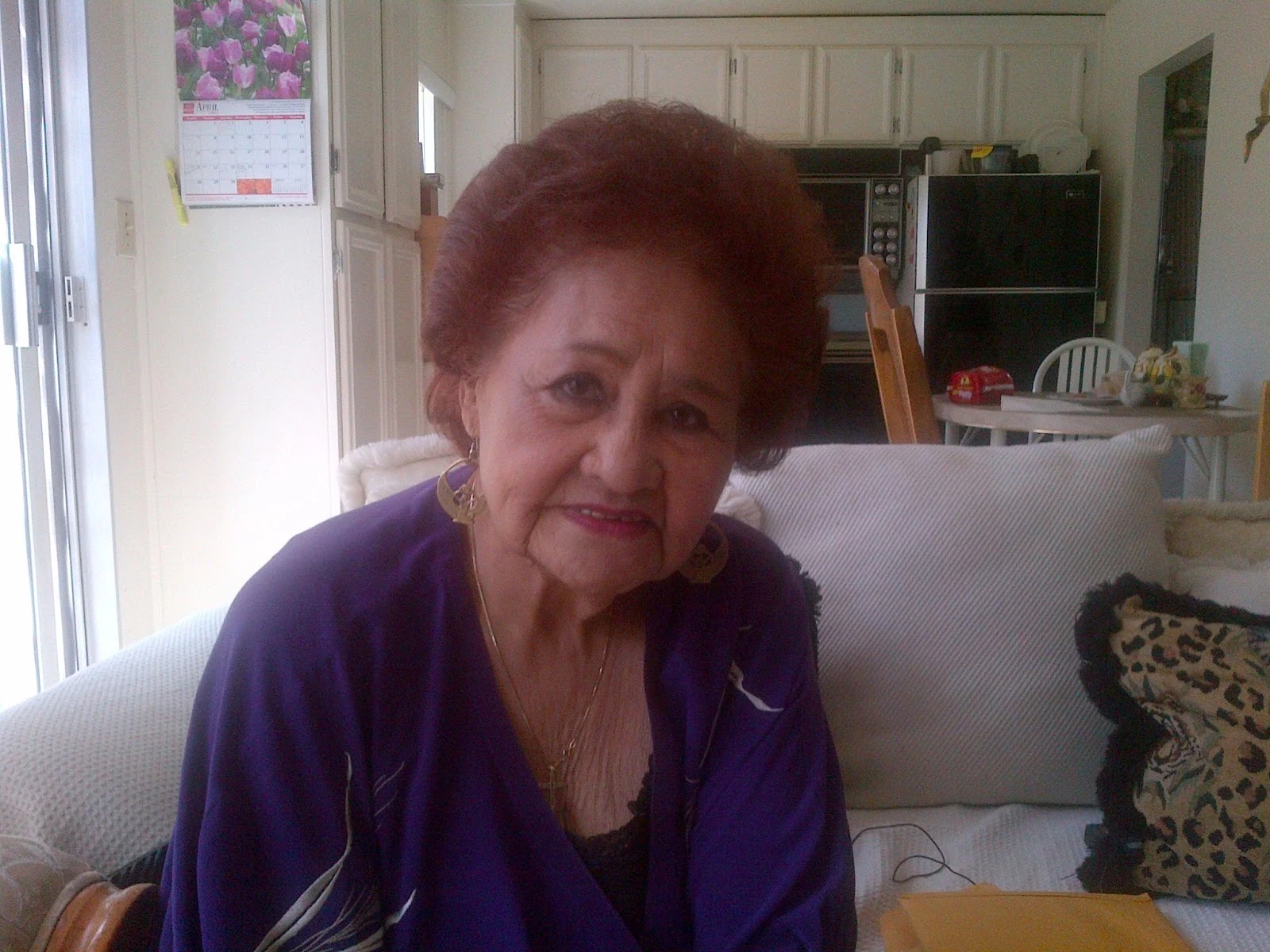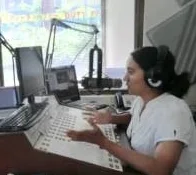http://aviationweek.com/paris-air-show-2015/will-disappearance-amelia-earhart-be-scientifically-explained-long-last
 |
| Purdue Archives |
"Will Disappearance Of Amelia Earhart Be Scientifically Explained At Long Last?"
Paul Jackson Jun 15, 2015
Parker Aerospace has funded a scientific investigation into one of aviation’s greatest mysteries. Will the disappearance of Amelia Earhart be scientifically explained at long last?
The word “closure” did not have its present meaning when, on July 2, 1937, renowned aviatrix Amelia Earhart and her navigator, Fred Noonan, disappeared over the Pacific while flying a Lockheed 10E Electra on a world circumnavigation attempt. For 78 years, theories ranging from the mundane to the bizarre have surrounded the tragedy but, at last, an answer based on irrefutable science might be about to settle the matter beyond reasonable dispute.
A recent expedition to the Pacific by non-profit Amelia Research, Inc., was sponsored by Parker Hannifin Corporation (Hall 5, C210) and accompanied by Jon Jeffery, its Aerospace division’s director of technology and business development. Jeffery told ShowNews, “Parker is involved with many charitable events to promote engineering and aerospace interest in the world (and) saw this as an opportunity to help resolve a longstanding mystery from an engineering-based approach. Parker has a long history of helping solve difficult problems purely for the benefit of mankind.”
(That expedition included Mike Harris, Les Kinney, Dick Spink and Jim Hayton from these pages.)
Lending dimensions to the enormity of the recent search task, one theory has Earhart and Noonan leaving Lae in Papua New Guinea and then running out of fuel near Gardner Island, 420 miles south of their intended destination of Howland Island. However, the Parker reconnaissance was in Mili Atoll, specifically Endrikin, one of its 92 component islands. This is 850 miles northwest of Howland – a not inconsiderable change of focus.
Why the new target? Explained Jeffery, “There were eyewitness reports from many native Marshallese citizens who observed the landing and were involved in helping the Japanese in moving the aircraft across the island to load it onto a Japanese ship for transportation to Saipan.” (The Marshalls were a Japanese possession between the World Wars, and there is even a claim that Earhart and Noonan survived and were taken to a Japanese hospital on nearby Jaluit Atoll.)
(Specifically, an island elder recalled that the Japanese had ordered the islanders to help them move the plane off the atoll. As reported here earlier, Andrew Bryce, a WWII Veteran from Denver, reported that during WWII a stevedore he worked on Majuro claimed that he had helped move the place from Mili onto a Japanese barge which took the plane to a Japanese ship docked in Majuro (which was then seen in Jaluit by many eyewitnesses.) Veteran Andrew Bryce, who was interviewed about his experiences, is the brother of Douglas Bryce, who saw the Electra in a hangar on Saipan during WWII when he was a radio repairman.)
The expedition was prompted by Amelia Research’s discovery in 2014 of metal items which could have been from a Lockheed. The Parker project team arrived in January 2015 to follow-up with more sophisticated searching equipment.
An area 75 x 300 feet has yielded two small aluminum plates, one with some red paint, which was the color of the trim on Earhart’s aircraft, plus other metal items, at least one matching a component of an Electra’s wheel-well. Jeffery’s team of laboratory specialists is now examining the chemical “signature” of the metal and hopes to be able to present its findings later this summer.
 |
| Courtesy Dick Spink - piece found on Mili |
 |
| Jim Hayton demonstrates where this other piece fit on the Electra |
For more positive identification, says Jeffery, “the team gathered parts from another Lockheed Electra from the same time period; parts from a Japanese “Zero” fighter and “Betty” bomber; and parts from a 1946 Piper J3 Cub, to compare and show differences. Also, the team may have access to paint and aluminum samples that is confirmed from Amelia's aircraft”.
The last remark refers to part of the starboard engine nacelle that was removed during an earlier accident repair. The paint’s chemical structure will be a further reality-check, for it must be remembered that U.S.-made aluminum was exported to Japan until an embargo was imposed at the end of 1939.
Parker Aerospace is performing the role of detective, not judge or jury. After its scientists’ findings are disclosed, it will be up to officials of Amelia Research, and others, to weigh the facts and arrive at a decision. “Parker currently doesn't have any plans for further sponsorship beyond supporting verification of the parts came from the Earhart aircraft,” notes Jeffery.
But someone else does. This very month, a different group of historians is on Gardner Island (now known as Nikumaroro) to search for wreckage just offshore, as well as evidence of a castaways’ campsite, hoping to substantiate an alternative theory. Signs are it’s going to be a busy few months for Earhart followers.
The initiative by Parker Hannifin may, or may not, silence the incorrigible conspiracy theorists and achieve public “closure” but, at least, the responsible authorities in Washington, DC, might be able to close their dusty files. At the FAA, for example, the N-number of Earhart’s Electra (16020) is on the “permanently reserved” list in her name, thus unavailable for reissue to another aircraft, as would be usual.
And at the National Air and Space Museum, Tom D. Crouch, senior curator, has declared that the Electra is “on the bottom of the Pacific” 18,000 feet down, tantalizingly close to its destination at Howland. Endrikin or Gardner desert island landings are, therefore, dismissed by a government-funded entity not accustomed to being contradicted.
(Elgen Long also believes her Electra crashed in the ocean. However, he told me point blank that he would be "thrilled" if it turned out that these pieces are from her Electra. Stay tuned.)
If Parker’s public-spirited sponsorship and technical analysis proves the Museum’s unsupported assertion to be 18,005 feet in vertical error, not to mention over 850 miles horizontally askew, it will have been money well spent."
 |
| Closure (Photo Purdue Archives) |





































